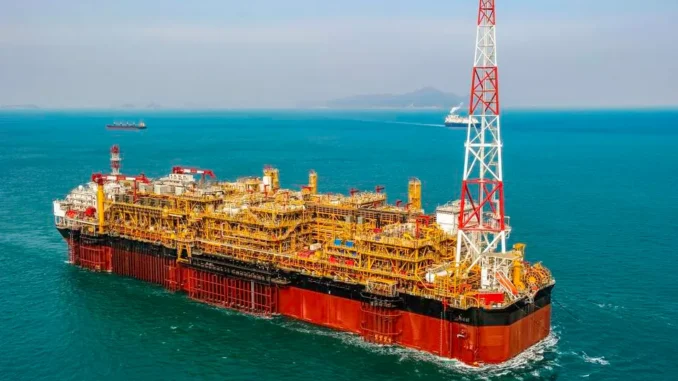
Throughout this year, executives from oil majors and big independents have detailed plans to commit larger shares of their capital budgets to their core businesses of finding and developing reserves of oil and natural gas. A new report from Goldman Sachs shows “Big Oil” companies putting their money where their mouths have been in those public statements.
A New Investment Boom
Citing the arrival of this new “investment boom,” Goldman’s 20th annual analysis of the energy sector, “Top Projects,” shows the industry collectively has 70 major projects underway in 2023, a 25% increase over 2020. The number of major projects as defined by Goldman Sachs analysts peaked in 2014 at 107, and had gradually dropped over the next half-decade to 74 due to chronic underinvestment in exploration for new reserves. That decline in investment was caused by a variety of factors, most prominently pressures from ESG investor firms that control trillions of dollars in investor capital, and demands from investors for higher returns after the U.S. drilling boom from 2009 through 2015.
But the bottom dropped out of such investments in 2020. As the COVID-19 pandemic wreaked havoc, forcing companies to idle rigs and cancel projects worldwide in order to conserve capital, Goldman’s tally of major projects in that year fell to just 56. The report’s authors say that period of underinvestment in new reserves will impact supply growth for years to come, given that many projects have five to six years time to market. “So we are still paying for that underinvestment we saw in the 2015 to 2021 period. That’s why even with the capex increase, it is very unlikely that non-OPEC producers can come back to output growth,” the report finds.
Projects targeting U.S. shale have a shorter development curve than most others, but the report notes that the domestic rig count has fallen significantly as other limiting factors have set in. Those include higher associated costs, supply chain issues, acreage maturity and tighter access to capital.
According to the Enverus Daily Rig Count, the number of active rigs peaked on January 15 at 878 and has declined steadily throughout 2023 to a low of 711 as of July 20. That’s a 20% drop in just seven months, and the current set of factors would seem to support further declines for the remainder of the year.
The Banking Crisis Has Only Just Begun
Still, Goldman’s outlook is for U.S. shale production to keep growing through 2024. U.S. producers added 1 million barrels of production per day during 2022, and are expected to match that increase even with a falling 2023 rig count. Goldman’s analysis shows the industry raising production by a more modest half-million barrels per day in 2024.
It is fair to point out here, though, that a year ago, many analysts were making similar projections about limited potential shale supply growth for 2023. Indeed, this segment of the industry has consistently proven to be more resilient than expected throughout its 24 years of growth.
Impacts of ‘Stranded Assets’ Concerns
One point of controversy that has impacted industry investment over the past decade is the theory involving ‘stranded assets,’ i.e., that a significant percentage of proven reserves would eventually be left in the ground as the energy transition progresses. While I find few in the industry itself who share this belief system, there is no question it has run somewhat rampant across the finance sector, especially within ESG-focused investment houses.
Goldman’s report contends that these concerns have played the major role in curtailing investment, in turn cutting global oil resource life since 2014 from 50 years to just 23 years. At the same time, the report points out that project economics have improved significantly since 2014.
“According to our analysis, the resource life of Top Projects (recoverable resources/production) fell to 23 years from >50 years in 2014, a halving since the end of the 2004-14 ‘super-cycle’,” the report’s authors note. “Yet the economics are much healthier, with c.70% of the undeveloped resources profitable at a Brent price <US $70/bbl vs. only 25% in our 2014 estimate. In our view, this provides the industry with a strong incentive to bring back projects and activity, with improving returns and lower Scope 1&2 emissions than the current production base.”
The Bottom Line
In a ‘questions and answers’ piece related to the report published on the company’s blog, one of the report’s authors concludes that the industry “has embraced the fact that more oil and gas investment is required” in the wake of Russia’s war on Ukraine. This in turn leads to the conclusion that, instead of reaching any sort of “peak oil” situation, the industry and its investors actually reached “peak ESG” sometime in 2021.
If that conclusion is accurate, it would mean that concerns about energy security now equal or exceed concerns about decarbonization. As I pointed out here in March, that was the message communicated by a parade of oil and gas executives during the 2023 CERAWeek conference in Houston. This report from Goldman Sachs shows those same executives are in fact putting their money where their mouth is.



